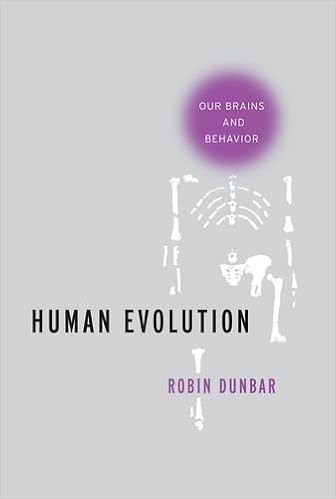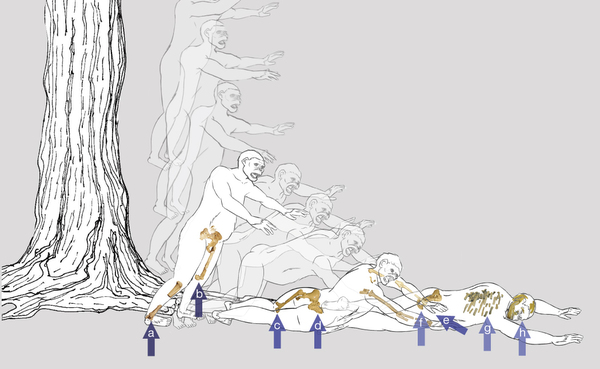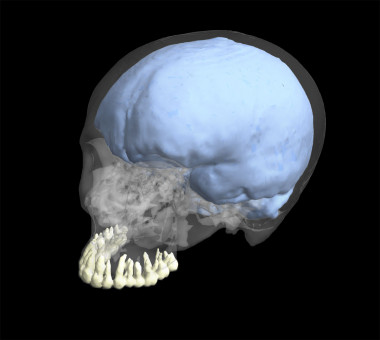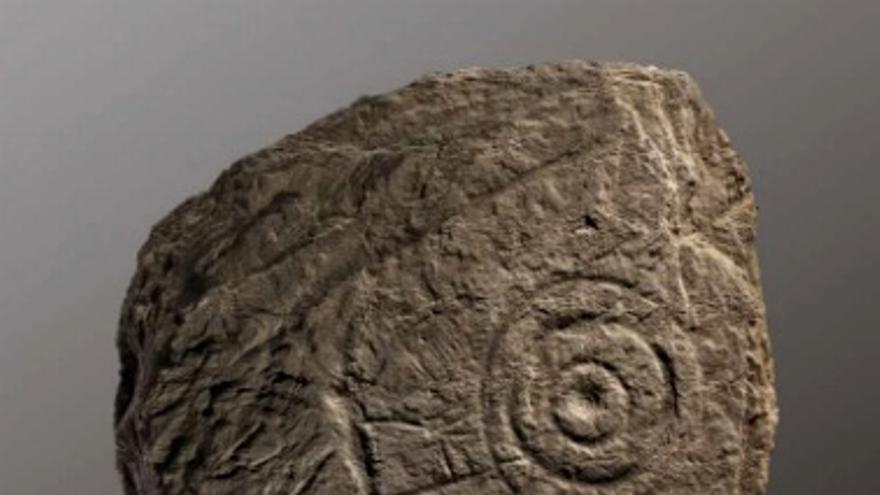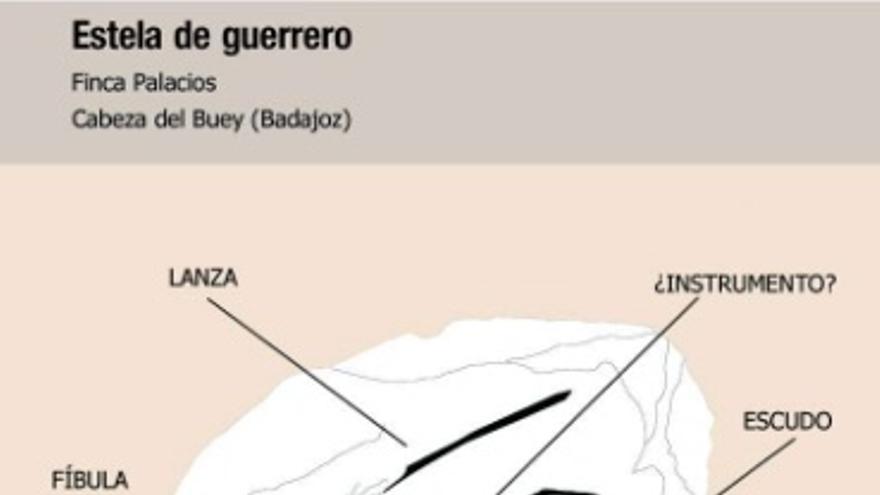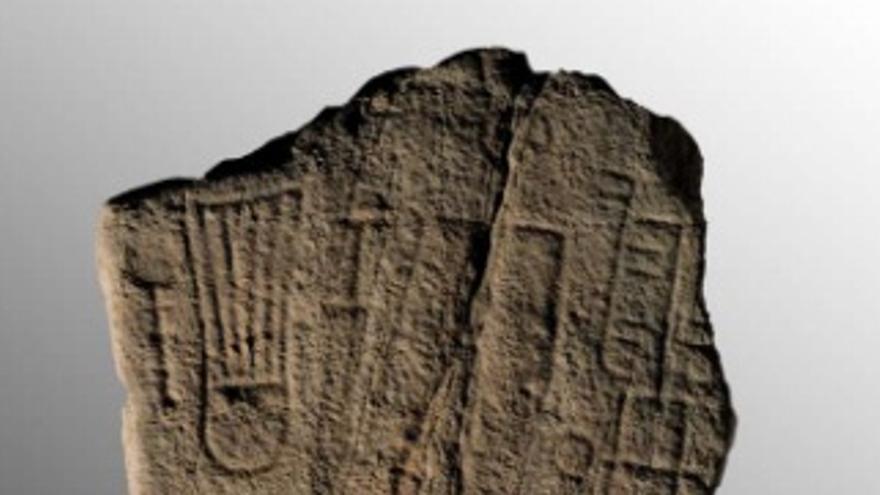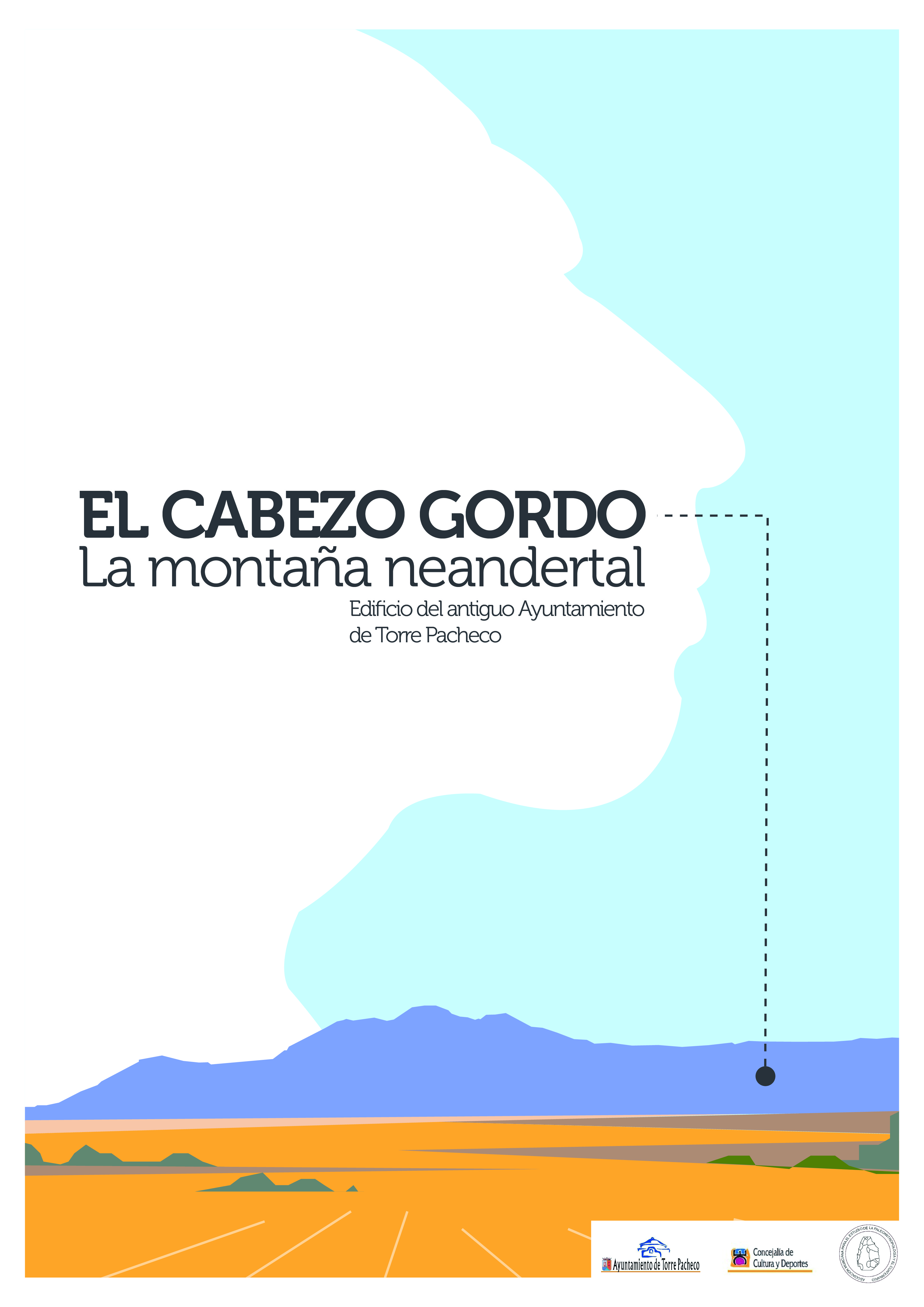 |
| the Upper Mains of Catterline cist |
THEY lived at the dawn of time and take their names from objects uncovered in their graves by archaeologists thousands of years later.
And new a fresh study of the artefacts left behind by the Beaker people has shed new light on how their ideas and customs spread among ancient Scots living in the north east 4,500 years ago.
The Beaker people are said to be part of a cultural and technological explosion which swept over northern Europe, identified by the distinctive decorated pottery beakers which were placed in their graves.
Authors Neil Curtis, head of museums at the University of Aberdeen, and Neil Wilkin, curator of the British and European Bronze Age collections at the British Museum, looked at earlier work which examined the "unusual" concentration of Beaker graves clustered between Inverness and Aberdeen and down the east coast and the items they contained.
They found that the Beaker period was shorter than that elsewhere in Europe, and that beakers found in many of the graves were decorated with a white powder made from ground up bones - something that appears to be unique to the north east.
The appearance of beakers at burial sites was also tied to the building of distinct stone circles which can be found in the area, and which were revealed to date from the same period.
The authors state: "Much to people's surprise, these megalithic monuments were not neolithic, but a younger and local development contemporary with the region's Beaker burials [...] HeraldScotland

